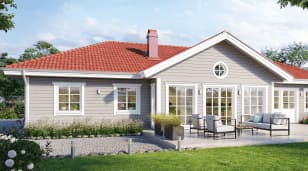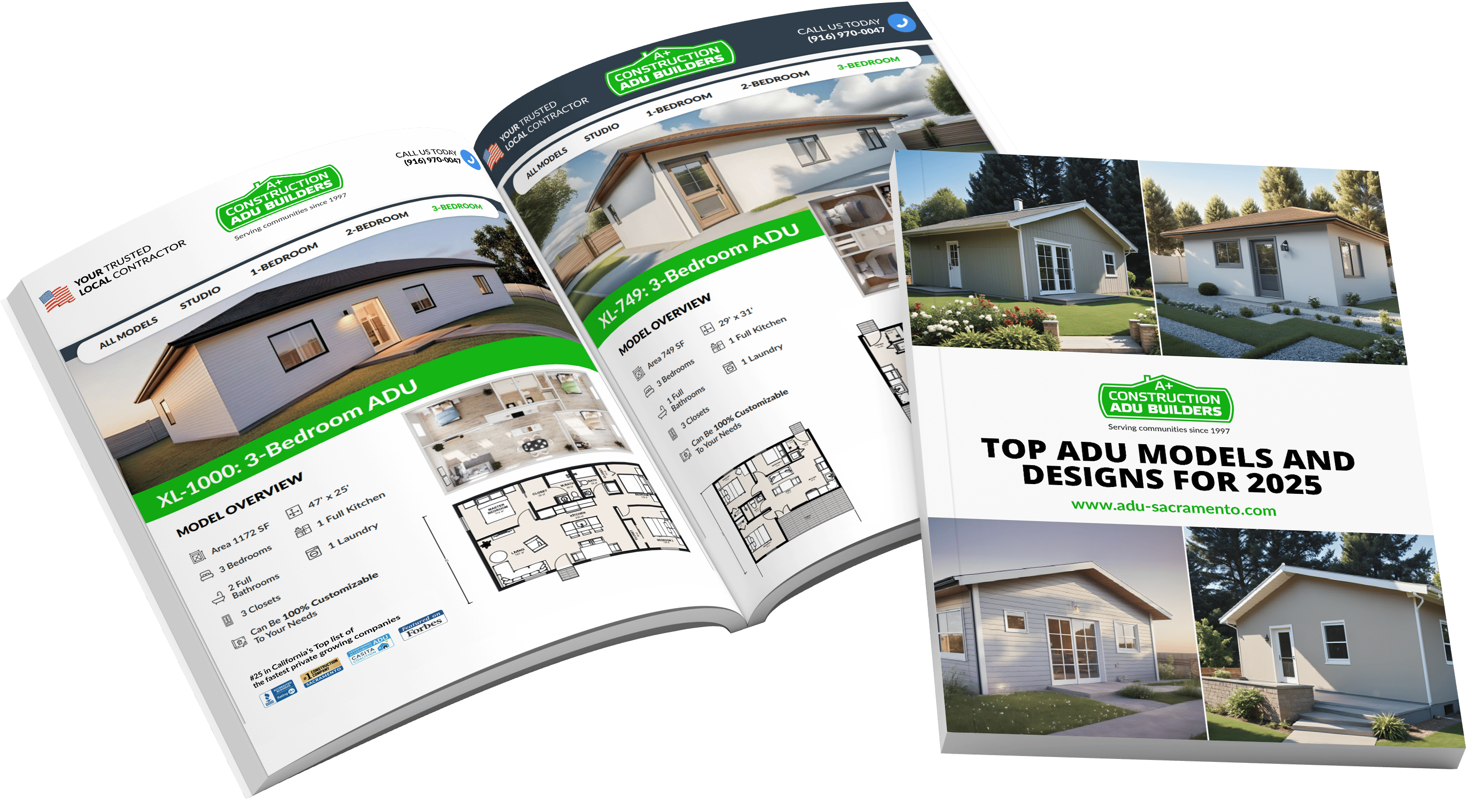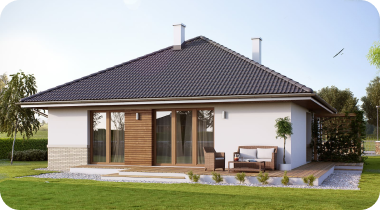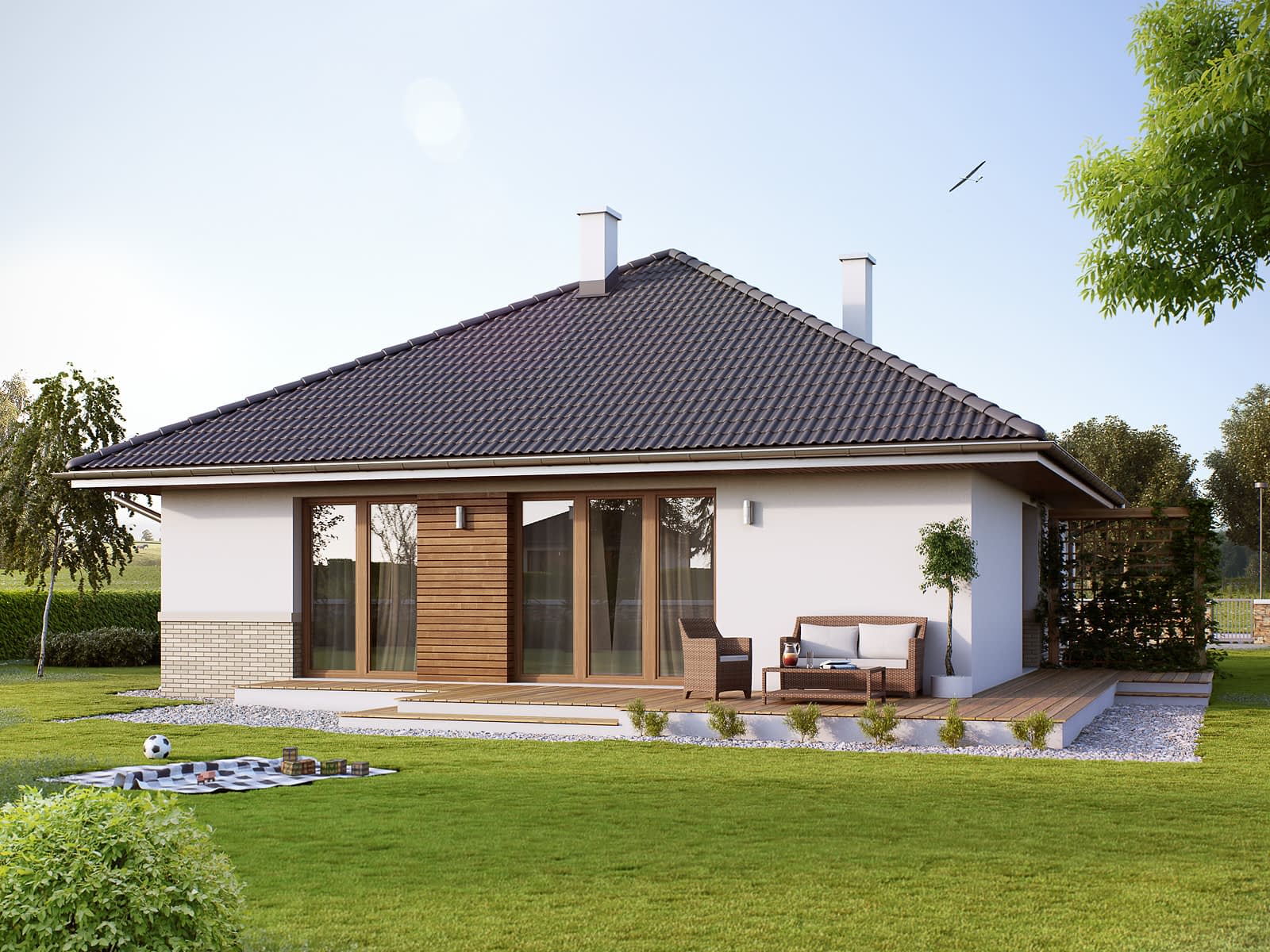





A link to download your FREE brochure will be in your inbox in 3 minutes



















The final price may vary based on project specifics.
To get a free accurate quote tailored to your needs, book a consultation with us today!

The price per square foot provided is an average and may vary depending on project-specific details such as materials, location, complexity, and other factors. Actual costs may differ from the average provided.
It is recommended to obtain a detailed quote based on the specific requirements of your project.

Please note that the monthly payment displayed on this page is an estimate and is subject to variation based on the selected loan product, applicants credit score, loan amount, and other financial details. Actual monthly payment may differ from the estimate provided.
It is recommended to seek advice from a financial advisor or loan officer to obtain precise payment information tailored to individual circumstances.
 Your Trusted
Local Contractor
Your Trusted
Local Contractor
The appearance of the accessory dwelling unit on the site next to the primary residence is undoubtedly one of the best transformations of the existing space. Accessory dwelling units (ADUs) open up many possibilities, from rental income generation to home office development. However, if you want to build an ADU in California, you must comply with many local law requirements. One of the basic concepts that directly relate to the legality of construction is the permitted ADU size.
In this review, we will tell you which type of accessory dwelling unit is suitable for your site, reveal the difference between setback and owner-occupancy requirements, and talk about the features of the construction of junior accessory dwelling units, given their non-standard size.
Before we discuss the nuances of each type of accessory dwelling unit, it is wise to present the basic rules regarding the size of the ADU.
We identify five basic concepts in this field:
Parking requirements play an essential role in analyzing the allowable size of an accessory unit. However, given its increased importance, we will discuss it in a separate section of our review.
The modern construction industry offers homeowners a wide range of accessory structures. On the one hand, this is great since each property owner defines their unique strategy for improving housing conditions. On the other hand, such a variety needs to be clarified in analyzing the permissible sizes and heights of accessory dwelling units.
In this part of the review, we will talk separately about each type of accessory dwelling unit:
A detached accessory dwelling unit or guest house is an entirely independent living area located separately from the primary home. The minimum size of this unit is unchanged (150 sq. ft.), but the maximum size should not exceed 850 sq. ft. However, under certain circumstances and upon receipt of a particular local ordinance, the homeowner can increase the square footage to 1,000 and even 1,200 sq. ft. On par with this, as soon as the area of the detached unit begins to exceed 650 sq. ft., its final size should be no more than 50% of the location of the primary dwelling unit.
The height of the detached ADU cannot exceed 16 ft. for a single-family dwelling unit and 18 ft. for a multifamily dwelling unit. However, there is an exception: if your single-family household is less than a mile from a major transportation hub, you also fall into the 18-foot category.
The maximum size rules for an attached ADU are as simple as possible: Its area cannot be more than 50% of the area of the existing primary dwelling unit. However, we still recommend that you study the local ADU ordinances because in some cases, this limit drops to 30%. Regarding the height of such an accessory dwelling unit, it cannot be higher than the main house and cannot exceed the limit of 25 ft.
JADU, or as we sometimes call it, one-bedroom ADU, is an exception in terms of size. In particular, the minimum room size in JADU can be 70 sq. ft. (not counting the kitchen), and the total maximum area cannot exceed 500 sq. ft. The rules for the maximum height are the same—16 ft.—but it is difficult to find a homeowner who wants to build an ADU in the junior format larger than the standard dimensions.
A garage conversion is a transformation of an existing structure, meaning that the owner has already set the living space’s height and area measurements. According to ADU laws, the property owner can convert a garage of absolutely any size into a new ADU. The only exception is when you want to expand the space in breadth or height, then you will need a separate building permit, and accordingly, other rules for maximum dimensions will apply.

When it comes to building an ADU, an overwhelming percentage of homeowners think about organizing a parking area. Indeed, this aspect is crucial both from a household point of view and in the context of compliance with state ADU law.
Keep three points in mind here:
As with any ADU requirement, we recommend contacting specialists for advice to be fully confident in your decision’s correctness.
Each ADU building story is unique and depends on the amount of free space on your site. If you have the whole yard free, you can build a detached unit. If there is little space, the best choice is a junior ADU. If you do not want a detached building, an attached ADU is preferable.
There are different rules for the maximum size for different types of ADUs. For example, an attached unit can be no more than 50% of the main house, a JADU can be 500 sq. ft., and garage conversion is not restricted. A detached ADU is usually 850 sq. ft., but it can be expanded to 1200.
A homeowner can build an attached unit and a detached ADU on one site. Although different types of ADUs can be combined, the most important thing is to issue the necessary building permits, comply with front yard setbacks, and fit within the established limits for the maximum allowable size and height.
Any ADU occupant in existing neighborhoods from San Jose to San Diego will confirm that an ADU is an affordable housing unit that takes the quality of life to a new level. As the owners of ADUs, homeowners can use them as long-term/vacation rentals, home offices, man caves, or living spaces for family members.
Get a First Look at Real ADU Projects